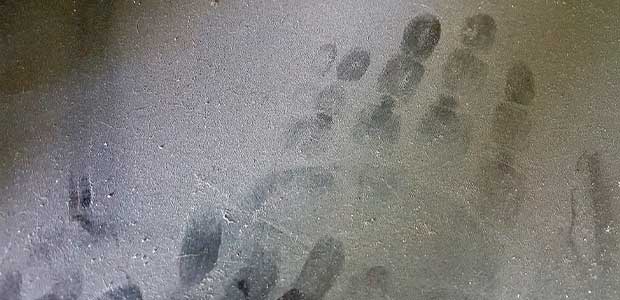
Mitigating Combustible Dust is Not a Housekeeping Activity—Rather Hazard Abatement
When equipment works efficiently and simplifies a task, the task is more likely to be performed by workers regularly and correctly.
- By Doan Pendleton
- Sep 01, 2021
Dust control is not a single point action item. Even with the use of vacuum conveyors that keep dusts contained during material transfer from one process machine to the next, coupled with dust collection systems designed to capture airborne dusts, it is relatively impossible to eliminate all dust and inevitably fugitive dust will settle on both vertical and horizontal surfaces. The safest method of abating accumulations of combustible dust is with industrial combustible dust vacuum cleaners.
Fugitive dust, tiny particles that float through the air, is part of the manufacturing process. Half of all fugitive dusts are smaller than 10 microns and invisible to the naked eye. Some dusts can hang in the air for days before settling on rafters, ledges and equipment.
Dust in industrial processing and manufacturing environments is not simply dirt, it most often contains hazardous particles that pose serious threats to workers’ health such as dangerous respirable dusts like silica or combustible dusts responsible for dust fires and dust explosions.
The misconception that mitigating combustible dust accumulations is a standard housekeeping activity and not a hazard abatement activity is a clear barrier to prevention of combustible dust explosions, and it was one of the prominent discoveries addressed in the U.S. Chemical Safety and Hazard Inspection Board’s (CSB) “Dust Hazards Learning Review” report.
Born from the CSB’s ongoing investigation of the 2017 Didion Mill combustible dust explosion that killed four workers and injured the remaining 15 employees present that evening (resulting in $1.8 million in OSHA fines), the report noted that cost of abatement, complacency and a general lack of awareness of combustible dust risk (even by supervisors and safety managers), were factors that could contribute to a perfect storm, of sorts, leading to catastrophic dust explosions.
The National Fire Protection Agency (NFPA) has several standards that address combustible dust; however, the lack of an OSHA combustible dust standard relegates most combustible dust hazard citations under the general duty clause.
Although the CSB report noted that housekeeping is the “foremost” control utilized across most industries for combustible dust risk reduction, it also acknowledged that “housekeeping is often sacrificed for ‘more important’ maintenance items directly impacting problems.”
OSHA defers to Chapter 7 of NFPA 654 (2020), Standard for the Prevention of Fires and Dust Explosions from the Manufacturing, Processing, and Handling of Combustible Particulate Solids. Chapter 7 deals specifically with Dust Hazard Analysis and section 7.2.3, Layer Depth Criteria Method suggests immediate cleaning occurs when dust accumulations reach 1/32 inch-thickness, approximately the thickness of a paper clip, over a surface area of at least five percent of the floor area of the facility or any given room. Other “Mass Methods” are also approved by NFPA 654 (2020) in Chapter 7 to determine the dust hazard in a facility.
Though the NFPA standard includes a more detailed approach in calculating surface dust hazards, OSHA’s directive, CPL 03-00-008, that provides instructions for inspectors administering OSHA’s Combustible Dust National Emphasis Program (NEP) notes:
This article originally appeared in the September 2021 issue of Occupational Health & Safety.